The falls are located 17 miles (27 km) north-northwest of Buffalo, New York and 75 miles (121 km) south-southeast of Toronto, between the twin cities of Niagara Falls, Ontario, and Niagara Falls, New York.
Niagara Falls are composed of two major sections, separated by Goat Island: the Horseshoe Falls on the Canadian side and the American Falls on the American side.
The smaller Bridal Veil Falls are also located on the American side, separated from the main falls by Luna Island. The international boundary line was originally drawn through Horseshoe Falls in 1819, but the boundary has long been in dispute due to natural erosion and construction. Niagara Falls were formed when glaciers receded at the end of the Wisconsin glaciation (the last ice age), and water from the newly formed Great Lakes carved a path through the Niagara Escarpment en route to the Atlantic Ocean. While not exceptionally high, the Niagara Falls are very wide.
More than 6 million cubic feet (168,000 m3) of water falls over the crest line every minute in high flow, and almost 4 million cubic feet (110,000 m3) on average. The Niagara Falls are renowned both for their beauty and as a valuable source of hydroelectric power. Managing the balance between recreational, commercial, and industrial uses has been a challenge for the stewards of the falls since the 19th century.
The smaller Bridal Veil Falls are also located on the American side, separated from the main falls by Luna Island. The international boundary line was originally drawn through Horseshoe Falls in 1819, but the boundary has long been in dispute due to natural erosion and construction. Niagara Falls were formed when glaciers receded at the end of the Wisconsin glaciation (the last ice age), and water from the newly formed Great Lakes carved a path through the Niagara Escarpment en route to the Atlantic Ocean. While not exceptionally high, the Niagara Falls are very wide.
More than 6 million cubic feet (168,000 m3) of water falls over the crest line every minute in high flow, and almost 4 million cubic feet (110,000 m3) on average. The Niagara Falls are renowned both for their beauty and as a valuable source of hydroelectric power. Managing the balance between recreational, commercial, and industrial uses has been a challenge for the stewards of the falls since the 19th century.
Niagara Falls Great falls in the World
Colorful Niagara Falls at night
Niagara Falls great attraction for tourist
Niagara Falls in Ontario Canada
Niagara Falls skyline view
Niagara Falls beautiful attraction
Niagara Falls wonderful view
Niagara Falls at night time
Source by, Wikipedia
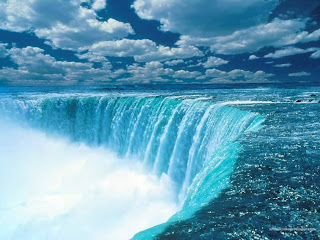

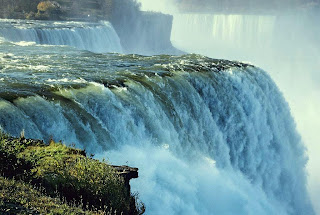
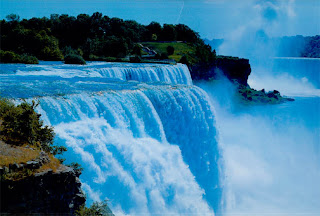
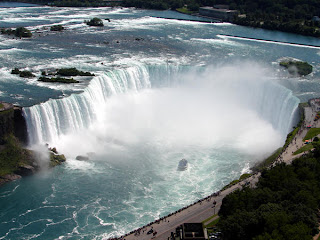
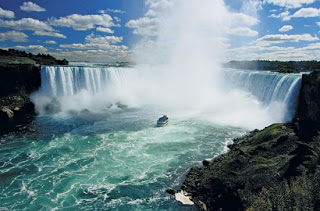

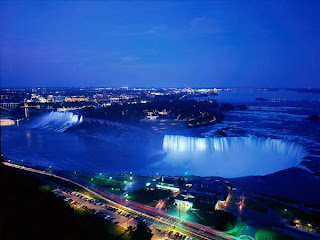
I often visit Niagara Falls, but I never get tired of coming back I've been there a few times, but I always miss it and want to visit again
ReplyDelete49 Top-Rated Tourist Attractions in Canada - Niagara Falls